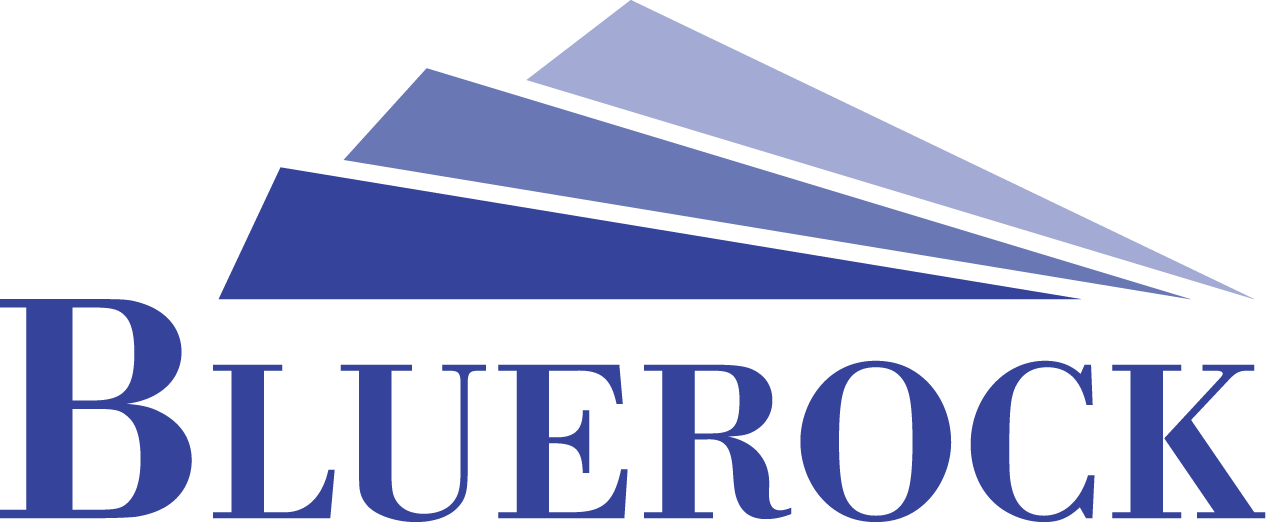Designing for Accessibility: Renovations for Aging in Place & Multigenerational Living
As our population ages, the need for homes that accommodate the changing needs of older adults becomes increasingly vital. Aging in place—the ability to live independently and comfortably in one’s own home—can significantly enhance quality of life. Designing for accessibility during renovations not only fosters independence but also ensures safety and convenience. Here are some key considerations and tips for creating an age-friendly environment.
Understanding Accessibility Needs
Aging can bring about a variety of physical changes that may affect mobility, vision, hearing, and cognition. Understanding these needs is the first step in designing an accessible home. Common challenges include:
Mobility Issues: Stairs can become daunting, and individuals may require the use of walkers or wheelchairs.
Visual Impairments: Poor lighting and clutter can pose hazards.
Cognitive Changes: Simplicity and clarity in design can help those experiencing memory issues.
Key Design Elements for Aging in Place
1. Entryways and Exits
Ensure that entryways are accessible and easy to navigate. Consider:
Zero-step Entries: A no-step entry allows for easy access without the challenge of stairs.
Wider Doorways: Expanding doorways to at least 32 inches accommodates walkers and wheelchairs.
Ramps: If steps are necessary, installing ramps with gentle slopes can provide alternatives.
2. Living Spaces
Creating open and flexible living areas is crucial:
Open Floor Plans: Minimize barriers between rooms to allow for easy movement.
Non-slip Flooring: Opt for materials that reduce the risk of slips and falls.
Furniture Arrangement: Keep pathways clear and ensure that furniture placement allows for easy navigation.
3. Kitchen Modifications
The kitchen is often the heart of the home, so making it accessible is essential:
Adjustable Counter Heights: Install counters that can accommodate different needs.
Pull-out Shelves and Drawers: These can make accessing pots, pans, and utensils easier.
Lever-style Faucets: Easier to use for those with limited hand strength.
4. Bathroom Safety
Bathrooms can be particularly hazardous, so it’s vital to prioritize safety:
Grab Bars: Install grab bars near the toilet and in the shower to provide support.
Walk-in Showers: These eliminate the need for stepping over a tub, reducing the risk of falls.
Raised Toilets: Higher toilet seats can make it easier to sit down and stand up.
5. Lighting and Technology
Good lighting and smart home technology can significantly enhance safety and convenience:
Bright, Even Lighting: Use LED fixtures with adjustable brightness to reduce shadows and glare.
Motion Sensor Lights: These can provide illumination without the need to fumble for switches.
Smart Home Devices: Consider voice-activated assistants or smart locks for added security and convenience.
Creating a Supportive Environment
Beyond physical modifications, fostering a supportive environment is crucial:
Community Resources: Connect with local services that offer home care, transportation, and social activities.
Social Connections: Encourage family and friends to stay engaged and provide support as needed.
Personalization: Allowing individuals to maintain their personal style and belongings can enhance comfort and happiness.
Multigenerational homes and how they benefit Utah residents
Multigenerational homes have gained significant popularity in Utah, reflecting broader societal shifts and the unique needs of families in the region. This living arrangement, where multiple generations reside under one roof, offers numerous benefits that enhance the quality of life for residents.
1. Economic Advantages
One of the primary benefits of multigenerational living is financial savings. By sharing housing expenses, families can significantly reduce costs associated with mortgage payments, utilities, and maintenance. This collaborative approach allows families to invest in larger, more comfortable homes that might otherwise be unaffordable. Additionally, pooling resources can provide a buffer against rising housing costs in Utah’s competitive market.
2. Enhanced Family Support
Living together fosters stronger family ties and provides a built-in support system. Grandparents can help with childcare, allowing parents to balance work and family life more effectively. This intergenerational support can alleviate stress and create a nurturing environment where everyone contributes to household responsibilities, promoting a sense of community within the family.
3. Increased Longevity and Well-Being
For older adults, multigenerational living can enhance quality of life. Aging in place allows seniors to maintain their independence while having family nearby for assistance when needed. This arrangement can lead to improved mental and emotional health, as social interaction with family members can combat feelings of loneliness and isolation.
4. Flexible Living Spaces
Home designs are evolving to accommodate multigenerational living. Many new builds in Utah include features like separate entrances, multiple living areas, and dual kitchens. These designs provide privacy and independence for different generations while still allowing for shared spaces where families can gather, enhancing overall harmony in the home.
5. Cultural and Community Benefits
Utah has a strong cultural emphasis on family and community, making multigenerational living a natural fit. These homes promote values of cooperation and support, reinforcing the importance of familial bonds. Furthermore, they can strengthen community ties, as families living in close proximity often engage in local activities together, fostering a sense of belonging.
Conclusion
Designing for accessibility is not just about meeting physical needs; it’s about creating a nurturing environment that promotes independence and dignity. As we embark on renovations, let’s prioritize thoughtful design that empowers older adults to thrive in their own homes. With careful planning and consideration, we can ensure that aging in place is not only possible but also enjoyable.
